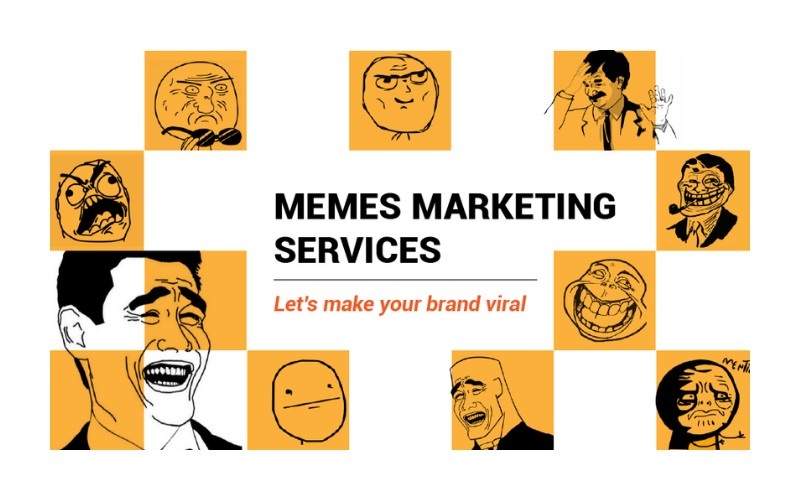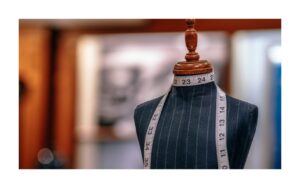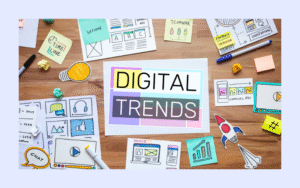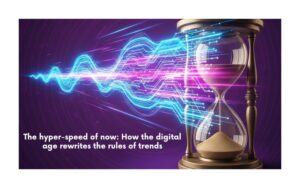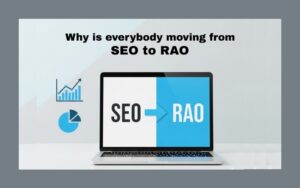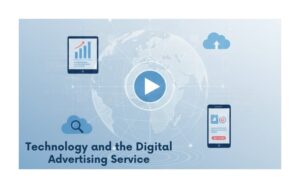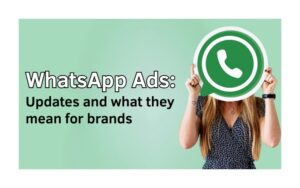Where most people once only associated meme culture with the unserious jokes created online by social media trolls and the selfie generation, memes have now become the backbone of contemporary marketing. Where spontaneous humor previously ruled, nowadays it is a deliberate and planned technique in the official equipment of both large enterprises, small businesses, and content developers. And how did memes turn into a business strategy? Why then are they so successful in reaching out to brands?
The Birth of the Meme Economy
Memes started up as natural, grass-roots elements of jokes and humor on forums such as Reddit, Tumblr, and primitive Facebook. Their ease to relate to, brevity, and shareability are their major strength. A meme can reduce a feeling, an experience, or an observation to one image or phrase, and this compact structure matches the demands of the scattered and focused attention digital age.
Along with the development of social media, the meme also developed. Memes became the exchange currency of such platforms as Instagram, Twitter, or TikTok. The brands noticed this development and got their chance. When done right, a meme can humanize a brand, get more engagement, and deliver a monstrous return on investment, without even being felt as a traditional advertisement.
Memes and Audience Psychology
Memes are brilliant because of their psychological effect. They are based on common knowledge and the community. When a person happens to read a meme that aligns with their kind of thought/experience, they respond with a sense of familiarity and confirmation. Such reaction is measured in likes, shares, and comments, which every brand desires.
Nevertheless, there is more to memes in brand communication than metrics. They will enable brands to use the internet language, which is informal, witty, and self-conscious. This voice is genuine and reliable, especially for the younger audiences (Millennials and Gen Z). Considering the case, a timely meme has a way of benefiting brand loyalty more than an ideally perfected ad.
From Wendy’s to Duolingo: Memes as a Branding Tool
Among the outstanding instances of meme culture as a business strategy can be given such examples as Wendy, Netflix, and Duolingo. The Twitter account of Wendy redesigned fast-food advertisements by making roast memes nd directed memes-filled responses. Entertainment is one thing, but it was a strategic move to appeal to the digital native audience with a different voice.
Likewise, the maniacal TikTok approach of its mascot, a green owl, went more than viral in the case of Duolingo. The brand employed a risky strategy of absurd, self-deprecating text that had a huge appeal to the users and was able to create a solid emotional bond. The result? More app usage, additional app installations, and a following fan base that publicizes the app without any cost.
Netflix has employed memes to advertise some shows by transforming popular scenes into shareable material. They do not simply use trailers to create anticipation and keep people in the picture, but they use meme formats. Such approaches are effective since they appeal to the cultures of these groups of people the brands are marketing to, such that they convey that the brand is up to date with and knows the jokes and trends that are significant to their audience.
Low-Cost, High-Reward Marketing
The low prices of using memes in marketing are some of the most appealing features about it. The situation is very similar when it comes to creating a meme, and to that end, it only takes a fine idea, a spicy template, and execution at the right time. Memes do not need huge production budgets as seen in big-scale ad campaigns. It enables them to be within reach of small firms and individual creators.
Memes are an effective way of making a voice heard in a world filled with high costs of digital advertising and fluctuating attention spans. One viral meme may be more powerful than a costly advertisement purchase, and, at that, on the condition that a bigger account shares it or it tends to become a trend of its own.
Risks and Rewards of Meme Strategy
Be that as it may, there are also trappings of meme marketing. The informality that makes memes interesting may go against a person in case of a distorted approach. The phony brand attitude is the result of brands that overdo it or get things wrong in terms of interpreting trends. The internet does not hesitate to drag brands that seem to be just capitalizing on the youth culture without knowing anything about it.
An effective meme marketing takes extensive knowledge of trending patterns, sensitivity of the audience, and timing. What is amusing to people nowadays could be old-fashioned or objectionable in the future. This is why a lot of brands these days also use meme strategists or social media managers who have special expertise in the meme culture, people who eat and breathe internet jokes and know how to apply them to the brand’s interests.
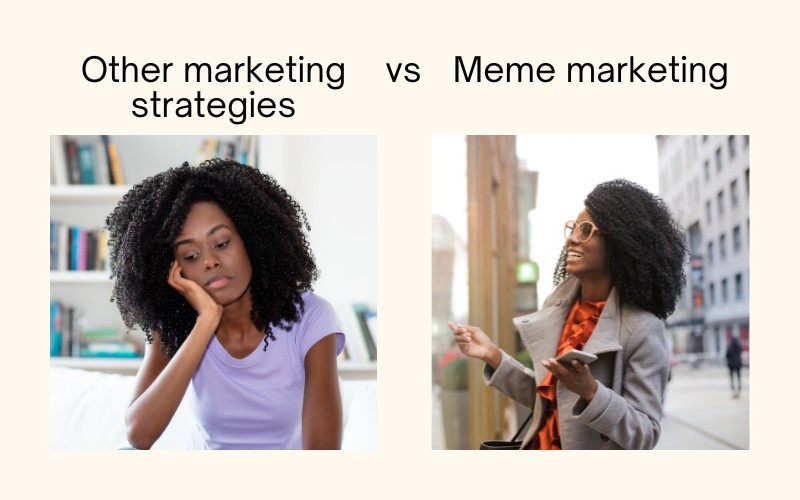
Memes and Micro-Moments
The power that is attributed to the memes is more than humorous, but the creation of micro-moments where the viewer connects within moments. A meme captures cultural observation, feeling, or caustic ridicule into a picture or a phrase, producing an impression of secret information. This emotional response, be it a laugh, nod, or smirk, is the hook that brings users to your brand.
Memes are exploited psychologically based on pattern recognition and common experience. When they identify the format or pattern of a meme, the users will be ready to receive the message with reduced effort. This hastens brand association. Such a meme, which recognizes a customer pain point or the latest dilemma that is constantly viral, makes a brand seem relatable and in step with culture.
In the current environment, when brands are widely associated with being detached or overly formal, meme acts as an opportunity to show character and self-awareness. Memes can be used either to mock industry stereotypes or to make fun of the internal brand peculiarities, but the important thing is that meme marketing helps the overall brand reveal some personality and create brand loyalty through humor.
The Rise of Meme Pages as Brand Partners
A major trend in meme culture, when used as a business strategy, is the emergence of independent meme pages as marketing affiliates. Niche Meme producers have become their own influencers or micro-media firms themselves, as they provide brands a chance to reach deeply engaged, devoted audiences.
Rather than working with a conventional influencer, brands are doing more and more branded collaborations with meme pages to create intentionally branded content in common meme forms. The contents are usually merged so deeply into the normal postings of the meme page that the followers do not realize that it is advertising- it is more attractive to them and has a higher click-through rate.
Such partnerships can be found on Instagram or Twitter. DTC mattress company may sponsor the meme related to oversleeping, and a fintech app may make memes related to difficulties with budgeting. It is not to make direct sales, but to penetrate culture, so that the brand exists within the realm of discussions and jokes preexisting in the discourse.
Memes as Cultural Commentary and Brand Positioning
The opportunity to express an opinion on pop culture, current affairs, or industry developments (directly or indirectly) is also present with memes when it comes to brands. This does not need to be always political or controversial. Brands can demonstrate their listening and comprehension of their audiences through even little, funny versions of cultural trends (such as quiet quitting or hot girl walks).
As an example, memes were used by language-learning app Duolingo to make remarks on TikTok trends and the influencer culture as well, anchoring their image as playful, down-to-earth, and somewhat profane. Such a tone has assisted the brand to cut across a competitive technical environment.
In B2B marketing, memes are used as well, and this area is not properly exploited by humor. Companies such as Gong, Mailchimp, and Notion have begun embracing memes to humanize SaaS content: they transform CRM headaches, productivity shortcuts, and remote working struggles into a go-viral format.
This transition is an indication of the fact that the meme culture has evolved to also be an appropriate means of brand positioning and not merely a fad or a Gen Z gimmick.
Conclusion: A Strategy That’s Here to Stay
Memes and the contemporary form of digital content, such as reels and carousel, when utilized smartly, have the potential to mold opinion, spread a following, and record quantifiable impact. So long as there is social media, the people who could combine a sense of humor with value and format with purpose will remain on top of the digital discussion.
Are you good at taking your brand to the next level with scroll-stopping reels, conversion-driving carousels, and meme-worthy engagement that all show results? Join up with Digiworq, your creative development agency that is designed to perform in the digital age. Whether it is a piece of content or the tiniest aspect of a social strategy, we assist your brand (such as yourself) in turning an engagement into a conversion.
Go to www.digiworq.com, and let’s make something daring, entertaining, and conversion-conscious.

